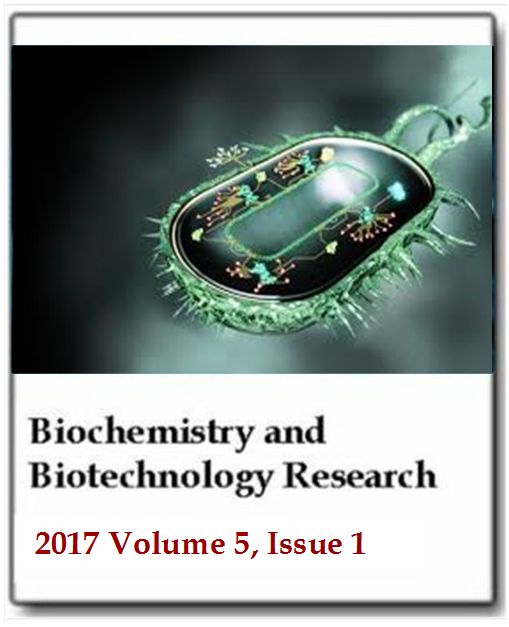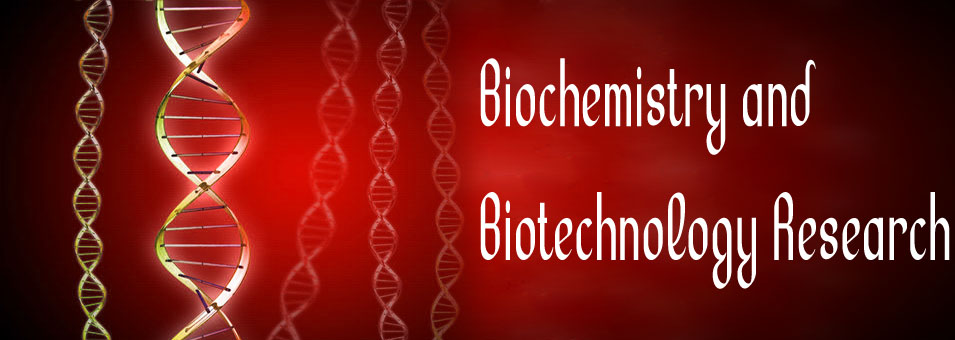Multi-drug resistant bacteria from Kolkata Ganga river with heterogeneous MDR genes have four hallmarks of cancer cells but could be controlled by organic phyto-extracts
Asit Kumar ChakrabortyBiotechnology and Biochemistry Research
Published: May 16 2017
Volume 5, Issue 1
Pages 11-23
Abstract
Abundant multi-drug resistant (MDR) bacteria from Kolkata Ganga River and Digha Sea were detected and characterized. Extended spectrum beta-lactamases (ESBL) superbugs (Escherichia, Phenalkaligenes, Pseudomonas, Citrobacter and Stenotrophomonas) were found everywhere in water. Such MDR-bacteria were resistant to at least four antibiotics and showed four hallmarks of cancer cells: (a) MDR genes in plasmids similar to diversified oncogenes, (b) active mutations producing ESBL and inhibitor resistant similar to GTP-bound Gly->Val mutant Ha-ras oncoprotein, (c) Activation of blaCTX-M/TEM-SHV, acrAB, tetA and cmr genes with high copy number and expression, similar to over expressed retroviral oncogenes and (d) high amount of small plasmid-like DNAs apart from large conjugative plasmids similar to high copies of chromosomes and miRNA in tumour cells. An improved MDR-Cure organic phyto-extracts (Cassia fistula, Suregada multiflora, Syzygium aromaticum, Cinnamomum zeynalicum, Aristolochia indica, etc) cured skin and nail infections; and also cleared superbug infection in rat model. PubMed and GenBank search indicated antimicrobial resistance (AMR) had created an acute problem in modern society worldwide and could be designated as 21st century pseudo antibiotic dark age. However, the author has presented data to support a view that Indian medicinal plants and spices has genuine potential for new drug discovery to control MDR bacteria which have highly contaminated in global water.
Keywords: Kolkata superbugs, Ganga river pollution, drug resistomes, MDR-cure, phyto-antibiotics.
Full Text PDF
